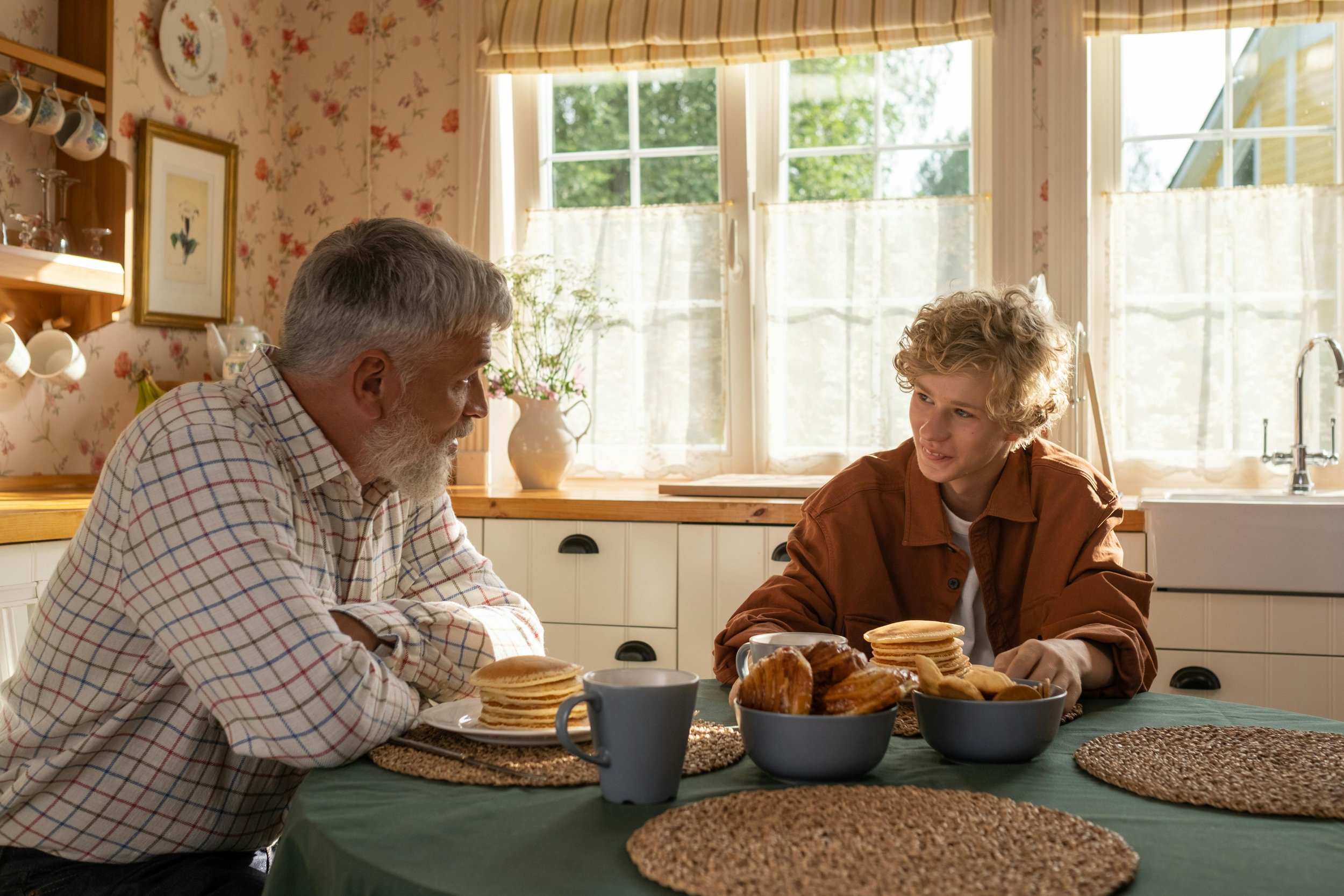Talking with (not at) Our Youth
Do you remember any messaging about drugs from your youth? Perhaps these happened at home, or school, or from television. Some of us likely participated in the D.A.R.E. program at school. Some may remember watching the commercial with the eggs in the frying pan and the “this is your brain on drugs” message. How we talk about substance use and addiction with youth is important and frankly, not always easy. Below are some tips about building relationships and framing conversations to encourage youth to listen and engage.
Adolescence brings a shift from parents and other adults being the experts kids look to for information to their peers being the experts. A good deal of the messaging kids receive is from social media and it is a major influence we can't ignore. But if we lean into our relationships and have conversations where we are speaking honestly and listening without judgment, we will be able to reach our kids in a meaningful way. Instead of looking for one carefully crafted sit down dialogue, substance use should be a topic that is woven into many conversations over time.
Our approach to these conversations is crucial. Scare tactics don’t work and misinformation is detrimental to maintaining trust. Kids want us to be honest with them, to not judge them, and to help them understand how to be safe. Much like we all want when navigating the risks and adventures of life.
One piece of common advice from parenting experts is to take advantage of having rich conversations with kids while you are doing something together. Kids often find it less intimidating to share when they don’t feel put on the spot. Take the opportunity to bring it up in the car, on a walk, while cooking together, or doing other normal activities with your child. Another piece of advice is to ease into the topic of substance use. Starting the dialogue off by introducing the idea of adolescence and the many benefits more freedom brings. We can then weave in some disadvantages like being impulsive and having intense feelings, and also pressure to use substances.
Asking open-ended questions can help start and keep the conversation going. An open-ended question is one that cannot be answered with a simple “yes” or “no” and the answer becomes part of the discussion. Questions like “what have you learned about substance use in health class” and “what have people told you about using drugs and alcohol” can help gauge what they already know. Or you could ask “what have you noticed about substance use with your friends” or “tell me what you think about using substances” to find out more about their current perspective. The key is to follow the question up with listening. You can show you are listening with intent by giving a reflection of what you hear. This also gives the kid a chance to correct you if necessary.
If you already know the adolescent is using substances, the conversation may be a little different. You could ask questions like “what feels positive about drugs for you” or “what things have you noticed that concern you, that you think could be problems, or might become problems.” The goal to help the kid talk about their feelings, ideas, and concerns rather than have someone else tell them how they should feel or what they should do remains the same.
Navigating adolescence is tricky for everyone involved. We can all remember moments in that time of our life that felt awkward, isolating, and confusing. Success is relative. They will likely not share everything with you and any communication is a step in the right direction. Being a listening, caring adult to youth as they learn and make decisions about substance use is a documented protective factor in making healthy choices in these years. We are in this together generationally.
